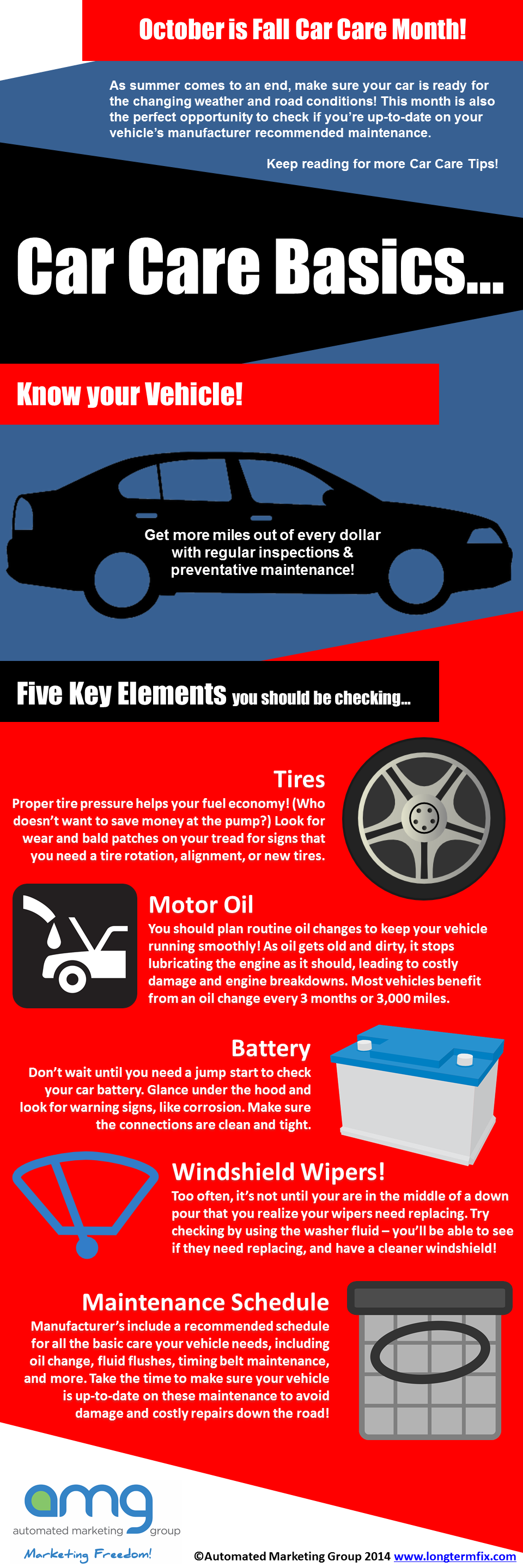Comprehending The Significance Behind Your Automobile'S Warning Lights: An Extensive Appearance
Comprehending The Significance Behind Your Automobile'S Warning Lights: An Extensive Appearance
Blog Article
Article By-Samuelsen Torres
When you're behind the wheel, those radiant caution lights on your dashboard can be a little bit puzzling. Do you understand what they're attempting to tell you about your automobile's health and wellness? Comprehending the value of these lights is vital for your safety and the durability of your car. So, the following time among those lights pops up, wouldn't you wish to understand its message precisely and take the needed steps to address it?
Common Caution Lighting and Interpretations
Identify typical warning lights in your cars and truck and comprehend their meanings to guarantee risk-free driving.
The most normal warning lights consist of the check engine light, which indicates problems with the engine or emissions system. If this light begins, it's vital to have your automobile checked promptly.
The oil stress advising light suggests low oil stress, needing instant interest to prevent engine damages.
A flashing battery light could suggest a malfunctioning charging system, potentially leaving you stranded otherwise dealt with.
The tire stress monitoring system (TPMS) light informs you to reduced tire stress, influencing car security and fuel efficiency. Neglecting this could cause unsafe driving conditions.
The abdominal muscle light suggests an issue with the anti-lock stopping system, endangering your ability to stop quickly in emergency situations.
Lastly, the coolant temperature level advising light warns of engine getting too hot, which can lead to serious damages otherwise resolved quickly.
Comprehending these typical caution lights will certainly help you resolve issues promptly and maintain risk-free driving problems.
Importance of Prompt Interest
Comprehending the common warning lights in your car is just the first step; the importance of immediately addressing these cautions can not be emphasized enough to guarantee your security when traveling.
When a caution light illuminates on your control panel, it's your car's way of communicating a possible issue that requires attention. Neglecting engine detailing can cause a lot more extreme troubles down the road, compromising your security and possibly costing you a lot more in repairs.
Prompt focus to warning lights can protect against failures and mishaps. For instance, a blinking check engine light could show a misfire that, if left unattended, can cause damages to the catalytic converter. Resolving this promptly can conserve you from an expensive repair.
Likewise, a brake system alerting light might signal reduced brake fluid or worn brake pads, essential components for your safety and security when driving.
DIY Troubleshooting Tips
If you observe a warning light on your control panel, there are a couple of do it yourself repairing pointers you can attempt before seeking expert aid.
The primary step is to consult your cars and truck's manual to comprehend what the specific caution light shows. In some cases the problem can be as straightforward as a loosened gas cap causing the check engine light. Tightening up the gas cap may deal with the trouble.
Another typical problem is a reduced battery, which can cause different advising lights. Examining carcoatingnz for deterioration and ensuring they're protected may take care of the problem.
If a caution light persists, you can attempt resetting it by disconnecting the vehicle's battery for a couple of mins and after that reconnecting it. In addition, checking your lorry's liquid degrees, such as oil, coolant, and brake liquid, can help fix cautioning lights associated with these systems.
Verdict
Finally, recognizing your automobile's caution lights is essential for maintaining your vehicle running efficiently and securely. By without delay resolving these informs and knowing what they imply, you can prevent pricey repairs and potential breakdowns.
Bear in mind to consult your vehicle's guidebook for specific information on each alerting light and take action appropriately to make certain a trouble-free driving experience.
Keep educated, stay safe when driving!
